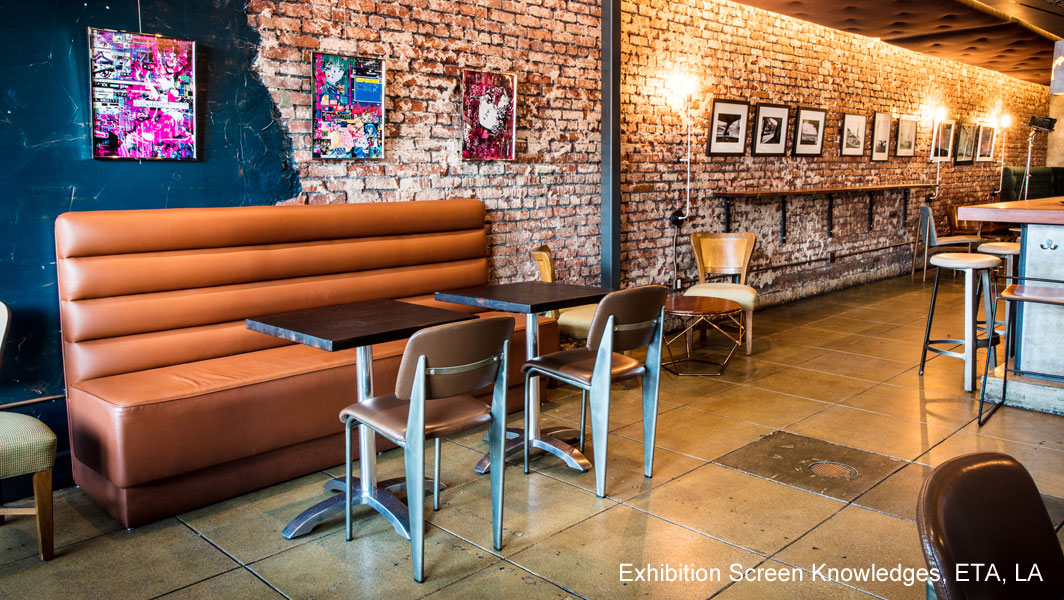
Essays In Conversation 4: Video Game Art Shows and Third-Places

Eron: The installation of Screen Knowledges took better part of a day, so we had quite a while to chat as we worked. One of the things that stuck with me was that you mentioned you really loved art shows in bars. How does that display space change the process both as an artist and the viewing process of someone who's coming to see the work?
Kent: What I think about mostly is the viewing process, because a bar is a more informal setting. Your expectations are lowered in a bar. You're free to engage with other people. You're free to be more raucous. You're free to be more expressive about how you feel. Whereas, at least in my experience, even coming from an academic arts background, the gallery has always been kind of this almost hallowed space.
As someone with a social anxiety problem my entire life, I've always felt more comfortable in a bar situation where you don't have those expectations. It cultivates conversations more, personally for me, than an academic context.
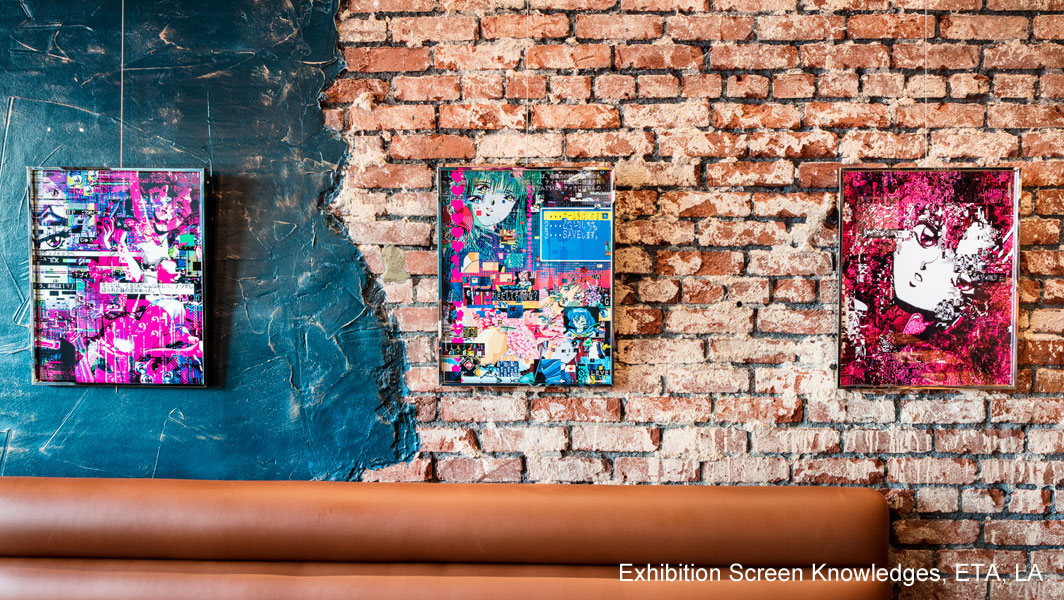
Eron: I’m not sure what it says that I have done probably more shows in bars than I have done shows in galleries… But I was recently listening to this amazing podcast from the Long Now Foundation, that was talking about great social infrastructure inventions. One was the public house. Its easy to forget the pub was an invented thing! The podcast talked about how critical they were in the fermentation in the American Revolution. The pub was one of the core spaces that the ideas were debated and spread, because people didn't feel those obligations to play by other rules.
Kent: Playing by the rules, I think is a perfect description of what I feel the museum and gallery space mandates. In a situation like that, I'm more willing to fear that kind of criticism and engage with people about it. You know what I mean?
Eron: Art's always part of a conversation. The art work itself is not like some church icon where Jesus speaks to you off the wall and privately tells you what the art exactly means, right? I think the arts are part of the world, so treating them as this magical “away” thing is a little weird to me and always tied up with class issues. Art is just a prompt for people in this broader conversation, which is really healthy.
Kent: I think that's where the best ideas come from is just that of mentality of “let's just see what comes up.” This is my entire process for creating work. The way that a lot of my work just goes out onto Twitter is probably a very similar. I’m not putting it in a gallery. I'm just throwing it out onto the web where people can see it and inviting conversation.
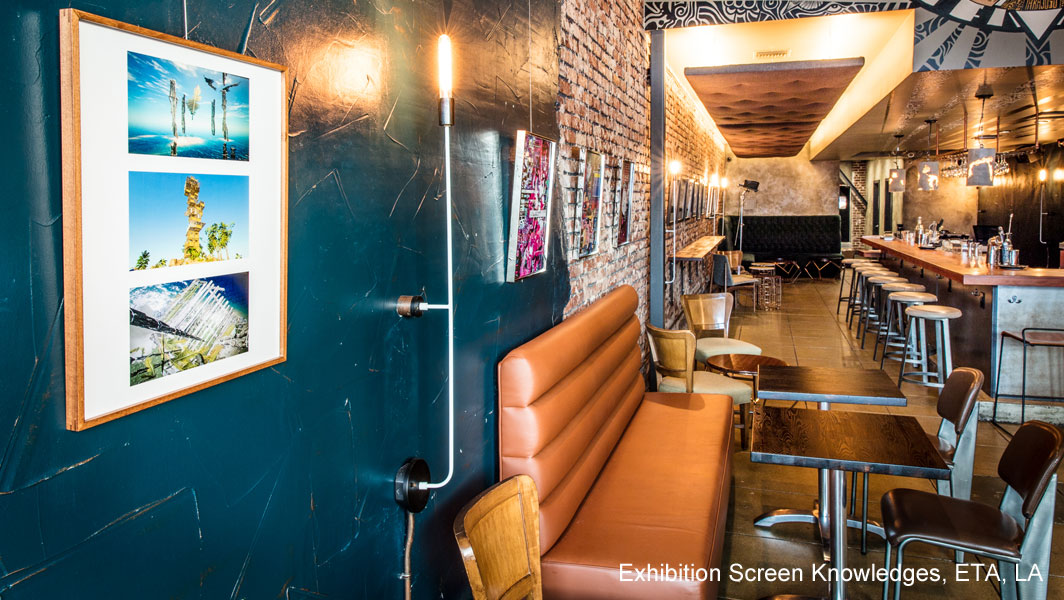
Eron: But, to return to showing physical versions of this work in a bar, think about how long you typically spend looking at an image on the internet. Not long. Think about how small, how low resolution that digital image is on your phone or in a window on your computer. Then, for example, think about looking at one of Maddison Morgenstern’s datamosh prints, where even in an informal of third space, it is normal to just stand there looking at a 24” ultra-high-res print for two minutes. When was the last time you spent two minutes looking at any one image online? That’s an eternity in digital time!
Kent: Right. This would be like the equivalent of staying on one person's tweet for two hours.
Eron: I had this amazing class with Michael Asher when he was still alive at Cal Arts called Post Studio, which was started by John Baldessari. The idea was that it's this radical class where you talk about a group of art until no one wants to talk about it anymore. That is the only framework.
Kent: Holy shit.
Eron: That can mean two hours. But we also had times where there were huge dust-ups and proxy-arguments that took 10 hours. But the one thing I learned that has inspired my art and curation most is the idea that what you think of a piece of art is always changing. What you think at 10 minutes and what you think at 50 minutes, and three hours, and three days, and seven days, and a year, and five years will not be the same.
Kent: Everything that happens after that conversation informs it as well.
Eron: The internet so often denies that. It denies that changing existence in time. It says, "Just retweet."
Kent: Right. Yeah, just fave and move on. If you can even take on the physical task of scrolling back that far, even finding it in the sea, even a month's worth of tweets is impossible.
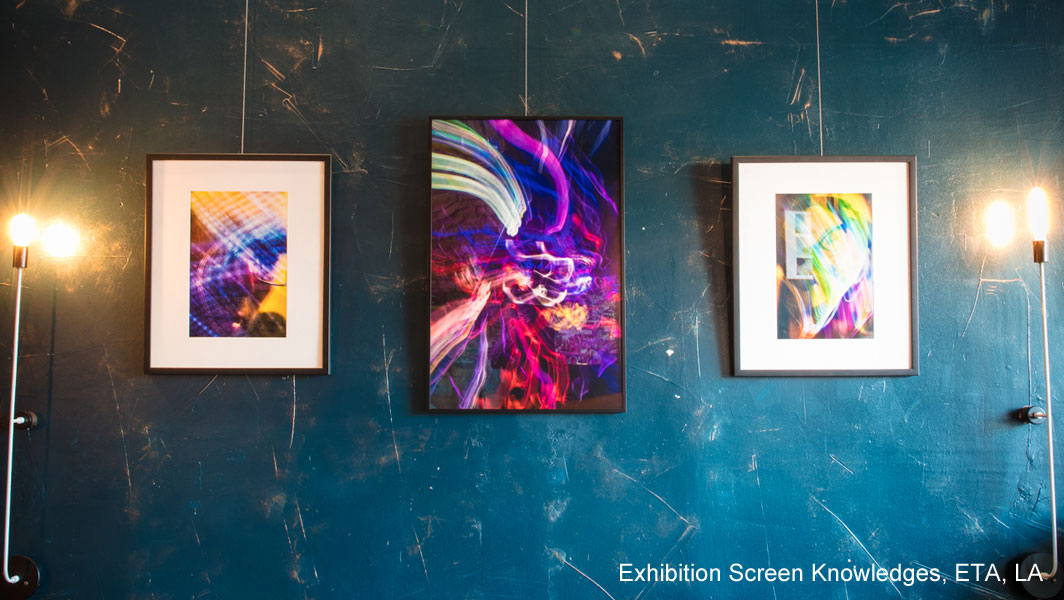
Eron: This show is up for two months. 17 pieces for two months! Think about that in relationship to internet time. I love the internet — I am a happy participant in so much of what's going on online. But that's also why it's critical to get this work from the screen, from the web, into physical conversations that are not restricted by algorithms, that are not restricted by friends’ lists. Committing to a much broader possibility of outcomes in many cases, but you're also committing to a much more intimate group of outcomes in the good cases: It's that pain of living, right? There were certainly a couple people that were very angry at the work at the opening!
Kent: Really?
Eron: There were two groups of people that actually walked out, just left their drinks and walked out, they were so angry about the art.
Kent: Wow, I didn't know that.
Eron: I think that was after you left.
Kent: I kind of think that's more interesting to me now, knowing that people walked out. With the exception of if you're deliberately trying to be a dick, there's something very validating about having someone be angry about your work or be completely unaccepting of your work. There's something that kind of says, "Well, okay, maybe I'm doing something right here because if I'm getting to someone without trying to be offensive."
Eron: None of the work was at all was attempting to be offensive. Some of the stuff is provocative…
Kent: There's a massive difference between being provocative and being intentionally offensive.
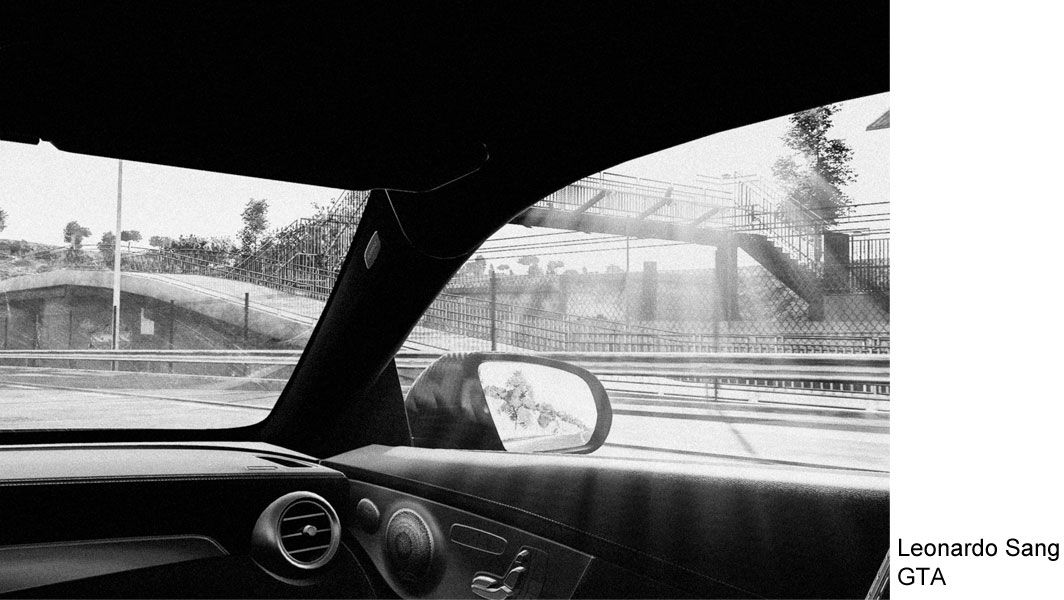
Eron: All the work is earnestly trying to make a place for itself in this bizarre world with artificial intelligence and social media. We live in a very complex, media-saturated time! All this work is thinking about different ways of engaging with this new media landscape.
Kent: It really speaks to the way that I've sort of gotten used to the social landscape is that it came as a shock to me that someone would find it offensive to have a video games project. Because I've gotten so used to acceptance online.
Eron: While 60 percent of people play video games, video games are still contentious-as-hell media. All you have to do is look at what happened with Ian Bogost's post on the Atlantic, right? He says something pedantic and retrograde about narratives in videogames and tens of thousands of people jump in to argue about it! This is a contentious space. Which, yes, has major problems with normalizing hateful and toxic behaviors. But this fervor over an otherwise pretty bland post expressing an art opinion also shows that this is space is not ossified. That’s why it's exciting. It's like painting was in 1910!
Kent: Yeah, and then over the course of the show itself, who knows how many people looked at the stuff and talked about it?
Eron: It's kind of magical to have 100 people standing around talking about glitched images from a PC 98 or Garry's Mod, cell phone photos of someone moving coconuts around an island in a game, black and white photos of Grand Theft Auto gas stations, or grainy snapshots out of the window on a virtual car ride.
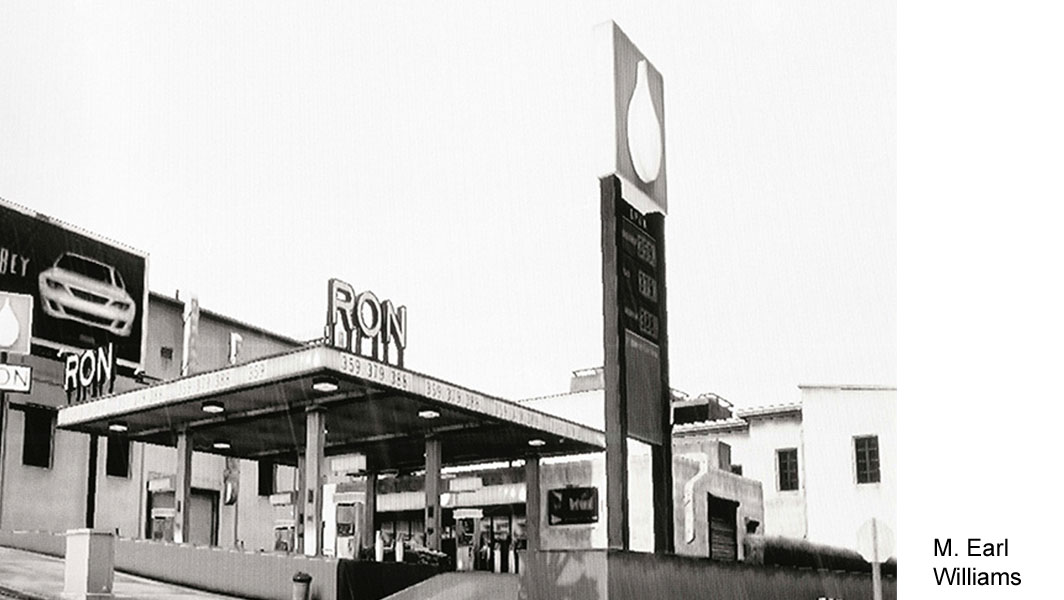
Kent: Prior to the opening, I'd only seen the artists' work mostly on the internet and primarily during wee hours of the morning. A lot of artists who work with games post their work [online] during the early hours of the morning. That's how they originally intend their work to be viewed. How well do you think the bar venue suited this work?
Eron: One of the difficulties about all bars, this is across the board, is that no one likes a bright bar. You want it to be dim and cozy. Unfortunately, that is antithetical to good viewing conditions for physical art. But more importantly, for practical reasons, most bar spaces don’t have a way to show video art.
My first reaction to that restriction was indifference. I mean, its was mostly supposed to be a photography show anyway. But in retrospect, that unexpectedly turned into a huge frustration. The reason is, I was really hoping to have a 50/50 gender representation for the show. When I started contacting artists, I found out there's an overwhelming male bias for artist working with physical prints as the final product for their video game related photography. This happened over and over with about a dozen women artists. I'd check in and realize they only did work that displayed on screens. The moment we couldn't show screen-based work, we unwittingly excluded a whole host of artists.
I was naively unaware of that bias, since I had never before really divided up screen-based and print-based artists looking at portfolios online. When I started asking around about this to curator friends, I was given a partial answer in the form of a fascinating essay: ”Why are there so many great women video artists?" , which talks about how during the time of massive minimalist sculptures, macho photographers, and aggressive painters, a lot of women were making videos because it was a medium that didn't have that lineage of oppression, which seems resonant with what is still happening in art and online in 2018.
And because we were showing in a bar, we weren’t able to get all the work we wanted for some other reasons I hadn’t previously considered. For instance, part of the reason Angela Washko’s hugely important “Heroines” cyanotypes weren’t included was because most of them had been sold to private collectors. Not like they’re going to lend expensive, historically important, work to an informal space filled with sloshing glasses of sugary liquid! Similarly, we weren’t able to get the amazing retrogame time-lapse work by Rosemarie Fiore. So what I consider to be some of the most important artists working with video games, and some of the most important of early projects, weren’t able to be included.
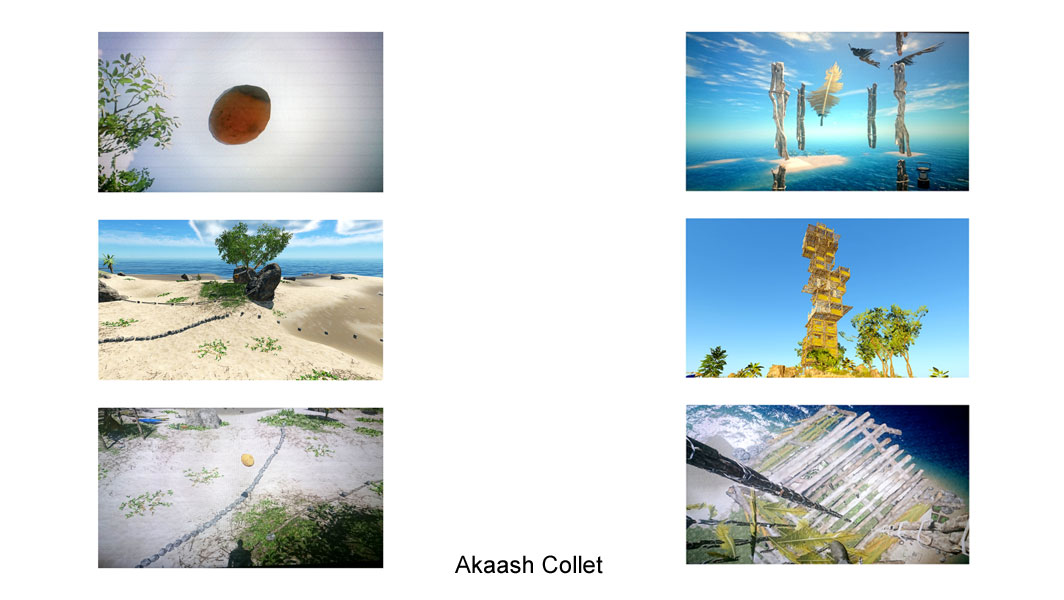
Eron: So the biggest frustration for me, not knowing this in advance, was quite simply not having anything resembling a good representational survey of what's really happening with this field of video game related art. But on the positive side, the show still served to activate some radical potential of work around video games to spawn interesting starting points for conversation. Look, 60 percent of Americans play video games.
Why, then, when you look across all the surveys of all contemporary art, would you think that it was 1979 when it comes to video games? Why, when you look across all of the end-of-the-year lists in video games, would you swear that there's no art being made about video games? This show was a first attempt to get that richer conversation going.
How about yourself, Kent? What was your takeaway?
Kent: Well, again, I think what worked the best was the conversation. I think what worked the best was the inspiration of a conversation that happened because it was an informal space. I think you absolutely nailed it when you said that we could get a little better lighting. You could get a little better presentation or maybe have a better space to explain your vision for the work.
Eron: Oh sure, and I definitely want to do a real show of this where we could show all the video artists, all the other artists that weren't able to be part of this show! I would love to do that. I'm by no means saying—
Kent: That everything should be done in a bar?
Eron: Hah. Yeah.
Kent: I'm with you there. I really enjoy shows that take place in more informal spaces, but you do lose that ability to really direct people's attention. When they see it in a context like a bar, they're maybe not gonna get everything out of it that you wanted them to. And you don't really have a space to maybe express everything you wanted to with them. But you do get the more organic conversation as a result. So I don't think that we could've done any better honestly with the way it went.
Eron: What I kind of love about these shows at third spaces is that they're always temporary. This isn't a solo show at a New York gallery, right? This is part of an organic, lively conversation with the real art scene. We’re going to make mistakes and learn from them. This is the opening statement in the conversation that's ongoing.
Part 1 of this series can be found here, part 2 is here, and part 3 is here.

